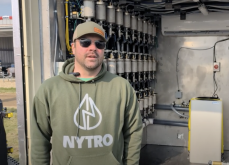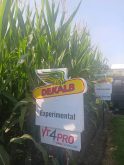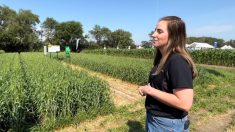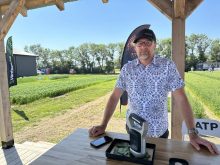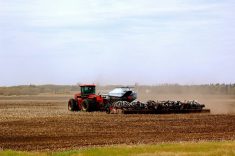Be proactive, be creative and don’t be cheap.
That was the takeaway from a panel discussion on managing herbicide resistance at this year’s Ag in Motion farm show.
“I think the best management practice that someone could do for weed resistance is the one you’re not currently doing on your farm,” said Rory Cranston, technical strategy lead with the panel’s host, Bayer Crop Science. “Adding in something different … Weeds figure out habits. They don’t figure out different system approaches.”
Read Also
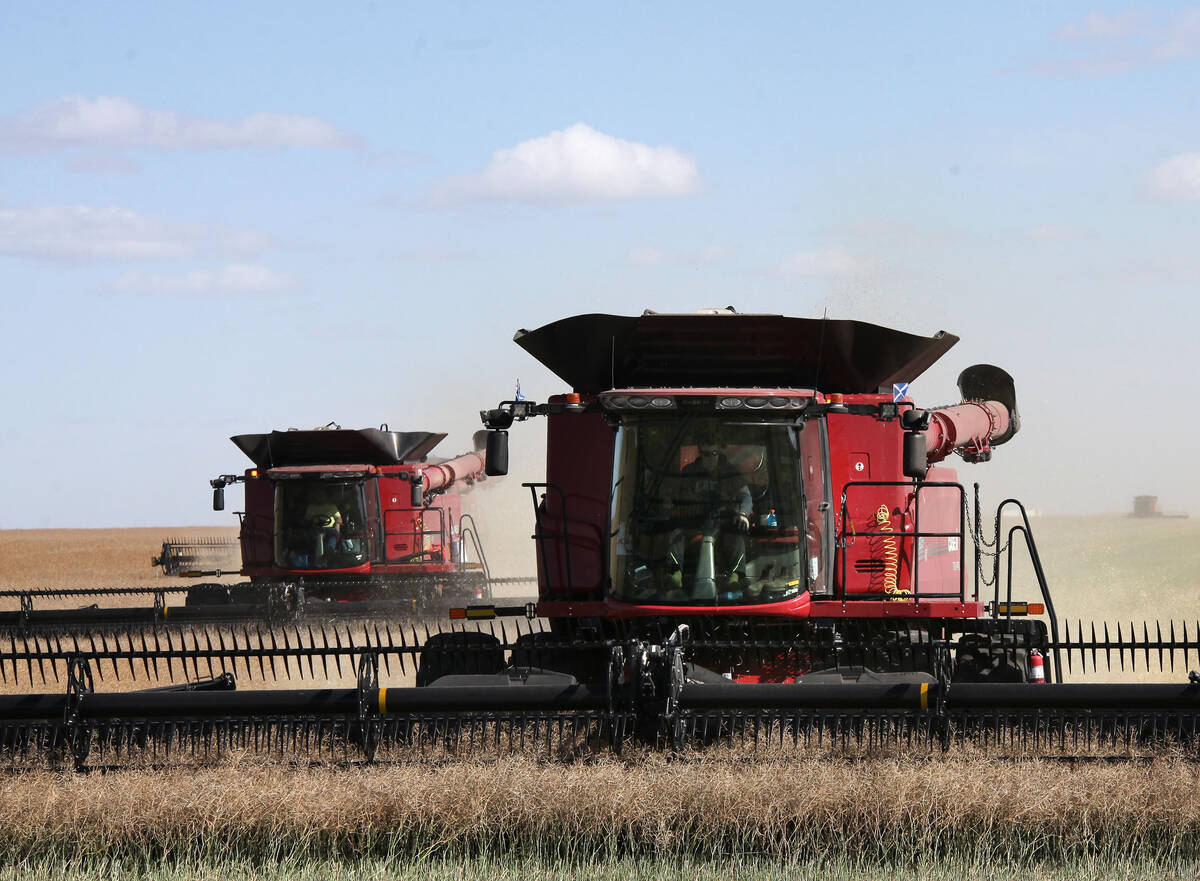
Notable changes in exports to China, India
China and India figured prominently in the September export data issued by the Canadian Grain Commission on Nov. 7. For the most part, the CGC’s numbers highlighted issues with grain, oilseed and pulse exports from licensed facilities to those countries.
It was that philosophy that led Corey Loessin, who is fighting a stubborn kochia problem near Radisson, Sask., to get an old 8800 Bourgault cultivator.
“I’m a strong no-till supporter; I have been for 30 years, and so it hurt me a little bit to have to go and buy a cultivator,” he said. “But the idea is that we’re going to go early in the spring and try to cultivate some of these tiny kochia patches when the kochia is really small. And I don’t know if it’s going to work or how well it’s going to work, but I have to try something else, because if we keep doing what we’re doing, we’re going to end up with no control.”
Shaun Sharpe, a weed ecology research scientist with Agriculture and Agri-Food Canada, said dealing with a weed like kochia should be a community effort.
“One thing that we can do today that will affect the future is to work together,” he said. “Kochia is everybody’s problem. It’s going to tumble in the wind. It’s going to move across boundaries. It’s not going to care. It’s just going to keep moving.
“It’s not just in the agricultural fields. It’s on the roads. It’s on the oil wells. It’s on the railways. It’s from the cities. It’s everywhere. So, we’re going to need a community approach to really get things under control and it’s going to have to be very diversified as well.”
Chris Mansiere, field solutions agronomist with Bayer, added that producers cannot wait until the problem is obvious.
“If you stop being reactive and start being more proactive, I think you’re going to see a lot better results. Then you’re going to be able to use modes of action that you have a lot longer and, then, eventually there’ll be new modes of action. If you can keep the tools in your tool belt that you have right now, you’re going to have a lot more success in the future.”
Cranston urged farmers to think about their long-term return on investment along with their short-term bottom line.
“I think people balk at the price of innovation, but an ounce of prevention is worth a pound of cure,” he said.
“We have to do a couple of things,” Loessin argued. “One is to broaden our view of what we’re doing and the other is to start to employ some radical ideas, even if they’re old ideas.”






